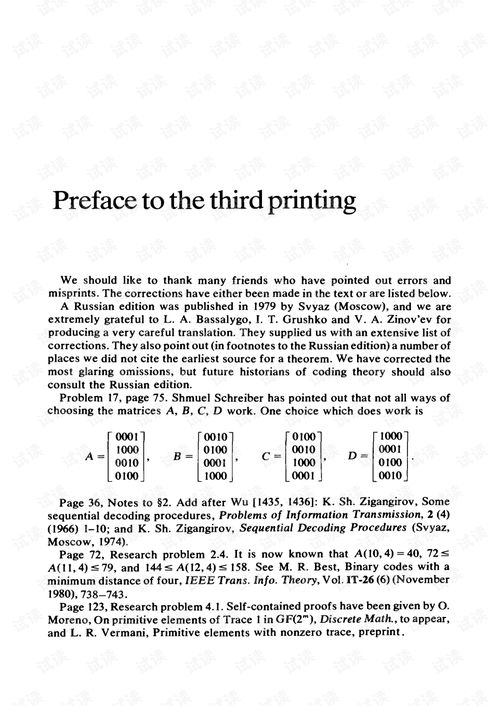Introduction:
Fishing, an ancient pastime, has evolved into a sophisticated sport, with anglers employing a wide array of techniques to catch their prey. One such technique that has gained popularity is the use of the star float, also known as the starbuoy. This article delves into the top six star float techniques that can elevate your fishing game to the six-star level.
Choosing the Right Star Float:
The foundation of successful star float fishing lies in selecting the right float. Here are some key factors to consider:
- Size: The size of the star float should match the size of the bait and the conditions of the water. In calm waters, a smaller float works well, while in turbulent conditions, a larger float is preferable.
- Shape: The shape of the star float affects its buoyancy and movement. A round float is ideal for still waters, while a more aerodynamic shape is better for windy conditions.
- Weight: The weight of the star float should be sufficient to keep it afloat and visible on the water's surface.
Attaching the Leader and Hook:

Properly attaching the leader and hook to the star float is crucial for a successful catch. Here's how to do it:
- Leader Length: The length of the leader should be long enough to allow the bait to move naturally but short enough to keep it in the strike zone. A good starting point is 12-18 inches.
- Hook Size: The size of the hook should match the size of the bait and the species you're targeting.
- Attaching Method: Tie a secure knot, such as the Palomar knot, to attach the leader to the star float. Then, attach the hook to the leader using a suitable knot like the improved clinch knot.
Setting the Depth:
Adjusting the depth at which the bait is presented is essential for catching fish. Here's how to set the depth with a star float:
- Adjusting the Weight: The weight of the star float determines the depth. By adding or removing shot, you can raise or lower the float and, consequently, the bait.
- Using a Float Bobber: For more precise control, use a float bobber attached to the line above the star float. This allows you to adjust the depth without changing the float's position.
Presenting the Bait:
The way you present the bait can make or break your fishing session. Here are some tips for effective bait presentation:
- Natural Movement: Allow the bait to move naturally with the currents and waves. Avoid excessive movements that may spook the fish.
- Subtle Twitches: Add subtle twitching movements to the bait to mimic the natural actions of prey.
- Timing: Wait for the right moment to strike. Fish may take a few moments to inspect the bait before striking.
Reading the Float:
Interpreting the float's movements is a skill that can significantly improve your fishing success. Here's how to read the float:
- Rise and Fall: A sudden rise or fall in the float may indicate a strike. Set the hook immediately.
- Twitches: Small twitching movements of the float can indicate a fish is nibbling at the bait. Gently pull the line to set the hook.
- No Movement: If the float remains still for an extended period, it may be time to change the bait or move to a new location.
Mastering the Art of Patience:
Lastly, patience is key to mastering the art of star float fishing. Here are some tips to help you stay patient:
- Take Breaks: If you're not having luck, take a break to rest and clear your mind.
- Stay Focused: Keep your eyes on the float and be ready to react quickly when a fish strikes.
- Enjoy the Experience: Remember that fishing is a relaxing and rewarding activity. Enjoy the experience, regardless of the outcome.
In conclusion, mastering the art of star float fishing requires attention to detail, practice, and patience. By following these six star float techniques, you'll be well on your way to becoming a six-star angler. Happy fishing!












